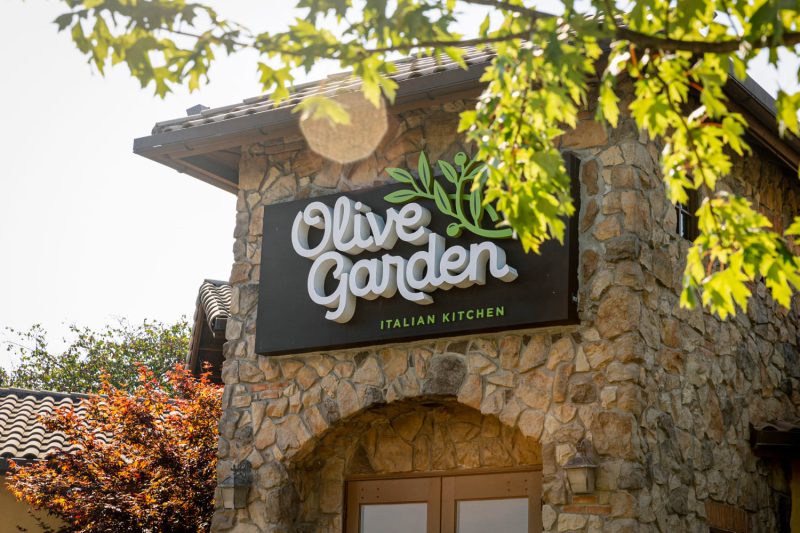
LongHorn Soars, Olive Garden Dips: A Sneak Peek into Darden’s Diverse Dining Earnings!
In an industry where momentum fluctuates with a startling regularity, Darden Restaurants Inc. appear to be buckling up for a challenging year, with significantly differences in their portfolio brands. Two of its most prominent offerings, LongHorn Steakhouse and Olive Garden, have witnessed contrasting sales performances.
Distinctively divergent, LongHorn Steakhouse has been enjoying an upswing. In stark contrast, Olive Garden has experienced a significant downturn. These performances provide a telling glimpse into dining sales dynamics, where prevailing trends are not always universally applicable.
LongHorn Steakhouse’s remarkable stride in sales exemplifies the power of business transformation. Despite the persistent economic turbulence in the wake of the pandemic, their commendable ingenuity and resilience have resulted in a significant uptick in overall performance.
Fundamentally, LongHorn’s success comes down to a dramatic overhaul in their targeting and operational strategies. They revitalized their menu options, upgraded the dining ambiance and capitalized on emerging trends such as plant-based proteins. Furthermore, LongHorn’s proactive adoption of third-party delivery platforms ensured a consistent influx of customers, escalating their sales graph in an upward trajectory.
Also, the brand tapped into digital marketing strategies that rendered them a competitive edge. Customer engagement through loyalty programs and personalized promotions bolstered their sales volumes. Furthermore, this fostered deeper consumer loyalty that reflects in their increasing footfalls and growing online orders.
However, contrasting LongHorn’s trajectory is Olive Garden’s noticeable slowdown. A principal brand in Darden’s portfolio, Olive Garden’s dwindling sales are discomforting. They fell prey to dynamic market trends, missing the bullseye on many fronts.
Critically, Olive Garden’s sales slump has been primarily attributed to lackluster menu innovation and inadequate marketing impacts. Rising inflation and cost pressures also imperiled their profitability. Additionally, their slow adoption to third-party delivery platforms put them in a disadvantageous position.
Notably, the casual dining segment, where Olive Garden primarily operates, has seen a devolving preference shift with increased competition and changing dietary habits among customers. Failing to keep pace with these changes has left Olive Garden grappling with falling footfall and shrinking market share.
The differing fortunes of LongHorn Steakhouse and Olive Garden have profound implications for Darden. The perfect cocktail of insightful strategies, customer preferences, and economic dynamics helped LongHorn ascend while putting Olive Garden in disfavour.
Yet it unlocks actionable insights for Darden and the industry at large. It underscores the need

